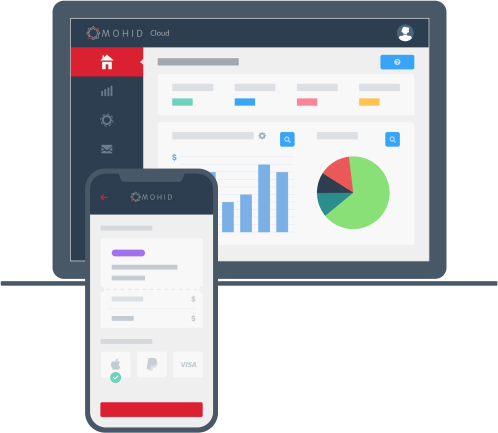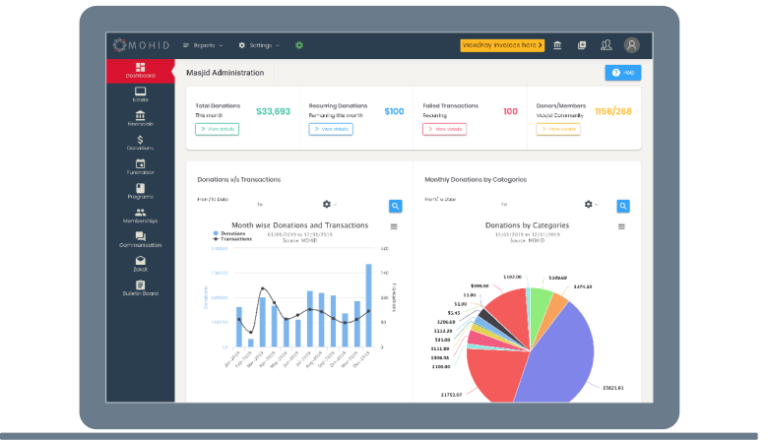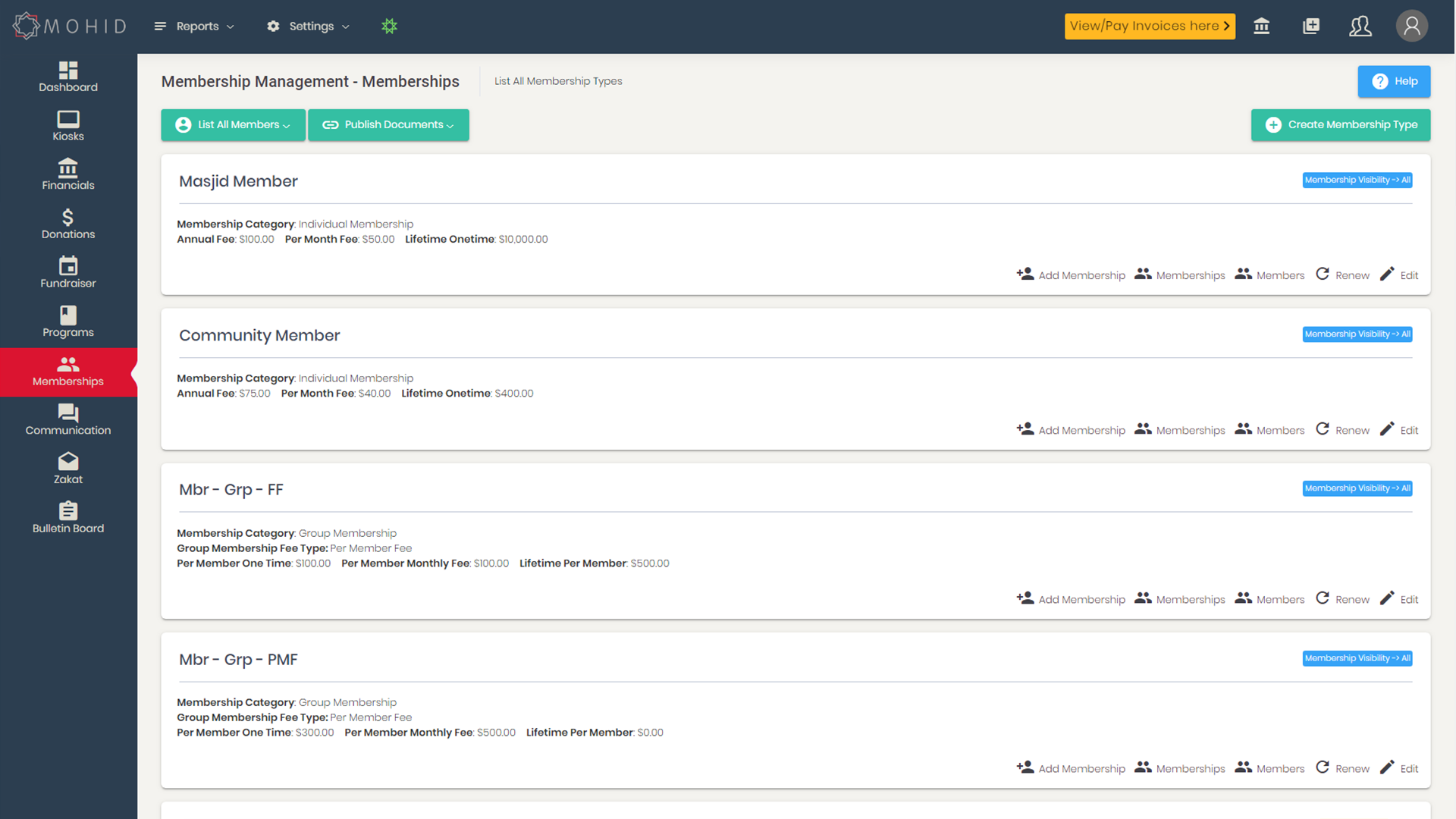Our members should be our highest priority. With more members, MOHID gathers more support as well as opportunities to network and share knowledge. People join associations to interact with others in the same professional field or with similar interests. So you should be actively engaging as many members as you can while Membership Management.
However, the more members we attract, the harder it is to organise, manage, and juggle all of your member data. From recording basic personal details, to having accurate contact information, to compiling event metrics, our team needs an effective solution to best make sense of all this data.
How to organise Membership Management data
Additionally, with the right CRM, we can compile reports on certain trends and engagements. This saves our team time from manually organising member data, so they can instead focus on creating educational programs and hosting engaging events. So, we can organise our member data with these tips:
- Store member data in one place.
- Provide members with a dedicated place to interact.
- Track member engagement.
- Consistently review your competitor data.
- Don’t forget about events!


Centralised Membership Management data
A common mistake that we make is tracking and storing member data in multiple different tools. Our association’s member data should be centralised in our member database, or constituent relationship management (CRM) system. From there, add on other tools and build out our membership management plan.
With our data centralised in CRM, we can easily oversee and manage members, and we can automate manual and tedious tasks, freeing up more time for us to work on strategic initiatives. As members continue to engage with our organisation and each other, the data will flow effortlessly to our CRM system, ensuring accurate and up-to-date information always.
Member Directory
In addition to maintaining an effective, centralised database for our staff to reference, we should offer an easily accessible directory that members can access. Providing a member directory helps us to ensure that:
Member details are correct.
Allow members to log in to the directory themselves and update their own profiles. This is valuable because it gives our members autonomy and reduces the risk of mistakes in each profile. Members can conveniently edit their profiles as their lives change.
Members can showcase what they’ve accomplished.
Our association is going to offer a plethora of educational opportunities, classes, and events to provide our members with official accreditation. Make sure badges, awards, and certification is publicly display in member profiles.
Member profiles reflect your association and mission.
Using fields that our association team can configure, customise our member directory to our specific association. For example, if our system is for teachers and other educational figures, we can include a field describing what grade the member teaches.

Track relevant member engagement
As we’re figuring out how to manage our member data, don’t forget about member engagement. We can’t predict when someone might change professions or move to a location our system doesn’t reach, but there's a lot you can do to keep existing members to take interest and fulfil – and keeping track of these types of engagement should be integral to our member management strategy.
Providing them with intuitive tools (like a navigable member directory!) will ensure they feel a sense of ownership in our system experience. We can also track specific metrics such as:
- Dues payment history
- Content downloads/subscriptions
- Website engagement
- Event attendance
Our members join our association because they want to take advantage of the incredible opportunities and events that we offer. Make sure we are constantly working to engage our members and that you possess the tools to track these efforts.

Reports and Review
From member management to event data, our team can carefully review what we're doing right and where we can improve. For example, it can be helpful to know if most of our members registered for an event through a specific channel, so we can adjust our next event marketing strategy accordingly.Take a look at our member database and consider what type of reporting would be the best fit:
- Built-in reports.
These allow our team to view essential metrics and trends whenever they need to, without having to rely on a third-party reporting service. - Customizable reports.
Depending on which part of our system’s team is trying to compile a report, we can customise each staff department to see different statistics. Event planners can access event reports, while marketing specialists might be more interested in promotional reports. - Intuitive drag-and-drop reports.
With drag-and-drop report building, our team members can easily build their own reports without IT assistance.
Effective reporting gives us thousands of insights to develop smarter marketing strategies, host more successful events, and offer more compelling educational opportunities.
Events
We are likely to have some sort of event management tool to facilitate planning and so on, but it can also be used to track specific data points. Consider the following metrics to supplement our member profiles and offer a more comprehensive understanding of member base:

Fields in event registration form.
The fields in our registration form are going to record the data that ends up in our CRM system. Make sure we ask for the attendee information we need, as well as offer multiple registration options and provide the necessary forms. For example, you might require certain waivers if your event includes physical activity, travel, or equipment use.

Payment preferences.
We make sure that we provide a secure payment processor. Don’t force registrants to go to a third-party website when they’re inputting their card information—it’ll make our management system look unprofessional and risk making our members worry about information security.
Make sure our event data can easily flow to our member database, whether with an integration process or with a native event tool. Monitoring event metrics like these give our ideas on how to improve future events, making our staff’s lives easier and helping you grow attendance.
Contact Us
Have a question for us, or feedback? Please click on the most appropriate category below and fill out the form to reach us.
- Email : info@deentek.com
- Phone : +1-844-U-ASK-DTS
+1-844-827-5387 - Address : 3333 Warrenville Rd, Suite 200 Lisle IL , 60532


